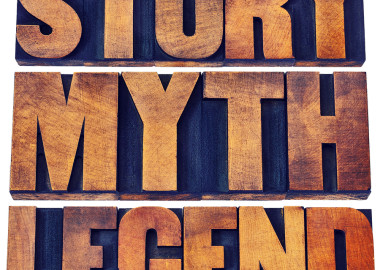If a serious car junkie wanted to soup up her car, she’d have to look under the hood to get a smoother, faster drive. The same could be said for storytelling. Recently, psychologists and neuroscientists have been investigating how stories work on the mind. On Buffer, Blogger Leo Widrich looked into the science of storytelling to tease out three simple tips to get the most of your storytelling efforts:
- Lose the clichés: Figures of speech like “a rough day” are so familiar and over used that the brain treats them as words and no more. Instead activate the senses. Metaphors like “velvet voice” and “leathery hands” activate the language processes but also the corresponding sensory cortex. Even action words like grasp and nod activated the motor cortex. What’s really cool is that it activates those parts of the brain in the teller and the listener/reader.
- KISS. Or, Keep It Simple Stupid. Says Widrich, “reduce the number adjectives or complicated nouns in a presentation or article and exchange them with more simple, yet heartfelt language.” The brain can follow the story more easily and therefore, is more likely to remember it. Save the highfalutin’ language for academics and folks with monocles. Politicians and great storytellers know a simple narrative has power.
- Connect with your reader’s experience. Your audience is always connecting what they’re reading and hearing with past experience. We’re always looking for those connections. A Yale experiment gave subjects iced or hot coffee before they read a profile of an individual. Those that held the hot coffee were more likely to describe the person they read about as having warm personality traits.
Dig in more into the neuroscience behind the power of storytelling here.





